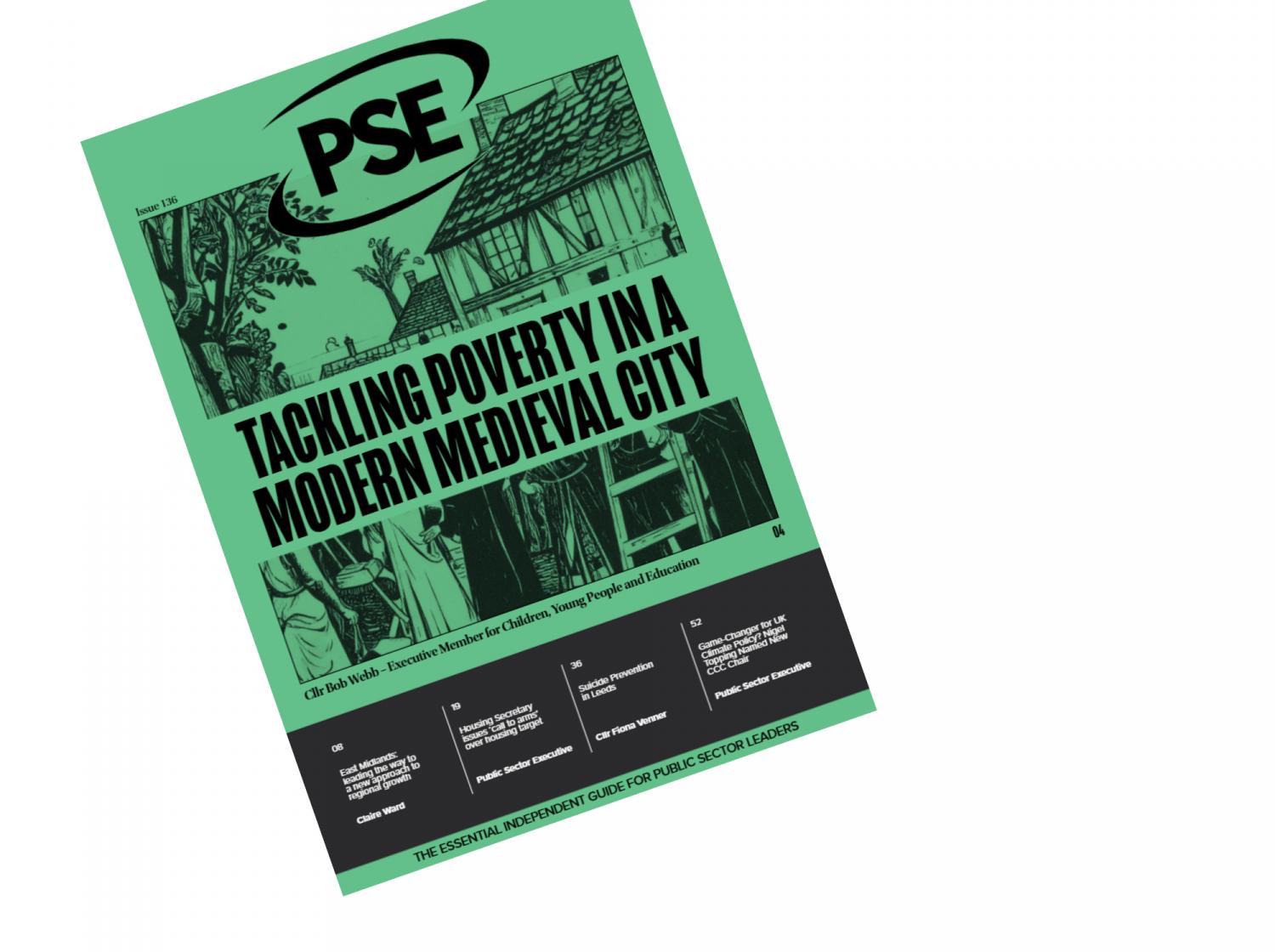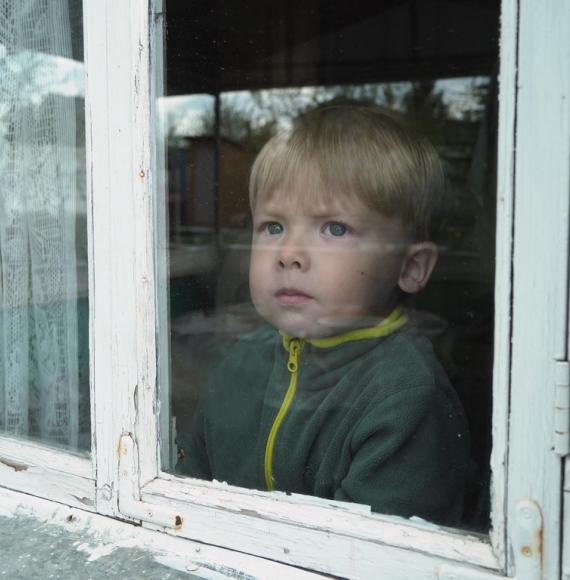Hundreds of thousands of leaseholders will be protected from the cost of replacing unsafe cladding on their homes, as the government unveiled a five-point plan which will provide reassurance to homeowners and bring confidence to the housing market.
In an announcement to the House of Commons, Housing Secretary, Robert Jenrick confirmed that the government will fully fund the £3.5 billion cost of replacing unsafe cladding for all leaseholders in residential buildings that are over 18 metres (six storeys) in England.
This will ensure that funding is targeted at the highest risk buildings in line with longstanding independent expert advice and evidence.
Home Office analysis of fire and rescue service statistics shows that buildings between 18 and 30 metres are four times as likely to suffer a fire with fatalities or serious casualties than apartment buildings in general.
Lower-rise buildings, with a lower risk to safety, will gain new protection from the costs of cladding removal, with a new scheme offered to buildings between 11 and 18 metres, which will pay for cladding removal (where it is needed) through a long-term, low interest, government-backed financing arrangement.
Under the scheme, no leaseholder will ever pay more than £50 a month towards the removal of unsafe cladding and will provide reassurance and security to leaseholders, while mortgage providers can be confident that where cladding removal is needed, properties will be worth lending against.
The government is working with industry to reduce the need for EWS1 (External Wall System) forms, preventing leaseholders from facing delays and allowing hundreds of thousands of homes to be sold, bought, or re-mortgaged once again.
Mr Jenrick also announced plans to introduce a ‘Gateway 2’ developer levy and this will be targeted and applied when developers seek permission to develop certain high-rise buildings in England.
In addition to this, a new tax will be introduced for the UK residential property development sector, which will raise at least £2 billion over a decade to help pay for cladding remediation costs.
The tax will ensure that the largest property developers make a fair contribution to the remediation programme, reflecting the benefit they will derive from restoring confidence to the UK housing market.
The government, who will consult on the policy design in due course will protect future generations from similar mistakes by bringing forward legislation this year to tighten the regulation of building safety and to review the construction products regime to prevent malpractice arising again.
The measures will mean people living in homes which they have been prevented from selling or re-mortgaging through no fault of their own, will now be able to move on with their lives.
Commenting, Mr Jenrick said: “This is a comprehensive plan to remove unsafe cladding, support leaseholders, restore confidence to this part of the housing market and ensure this situation never arises again.
“Our unprecedented intervention means the hundreds of thousands of leaseholders who live in higher-rise buildings will now pay nothing towards the cost of removing unsafe cladding.
“Remedying the failures of building safety cannot just be a responsibility for taxpayers. That is why we will also be introducing a levy and tax on developers to contribute to righting the wrongs of the past.
“These measures will provide certainty to residents and lenders, boosting the housing market, reinstating the value of properties and getting buying and selling homes back on track. We are working with lenders and surveyors to make this happen.
“Our landmark intervention will make homes safer and free to those who did the right thing – saving for years to get on the property ladder – to enjoy the homes in which they have invested so much.”
National Fire Chiefs Council (NFCC) Chair, Roy Wilsher added: “We welcome the additional funding announced, which we hope will help to speed up the removal of dangerous cladding off high rise buildings. This is a step in the right direction.
“It is vitally important that the new funding is distributed quickly, so that as a matter of priority people can be made safe in their homes. We acknowledge that this will not address all the safety issues in the built environment and we will continue to work with government and partners to address these to ensure all residents can feel safe in their homes and are protected from the financial impact of these building failures.”



















